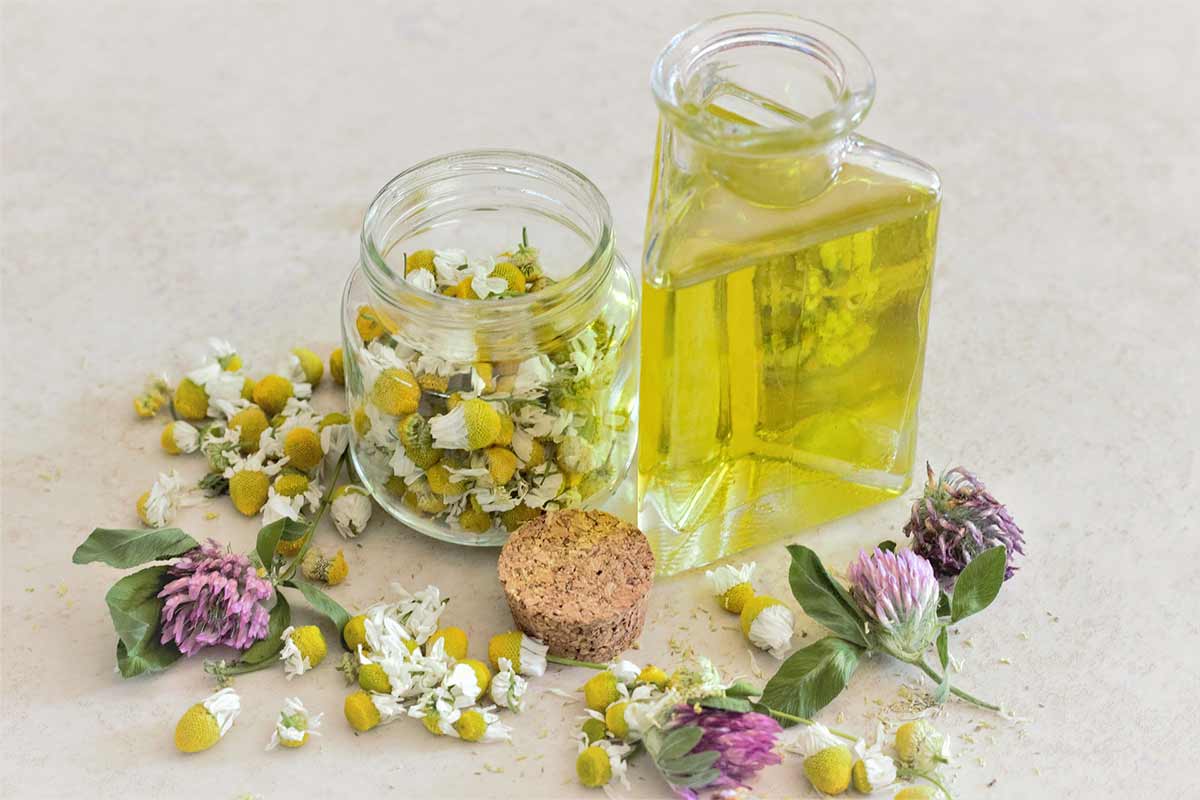Tradition of herb collecting
Centuries ago, the tradition of collecting medicinal herbs and their use in the treatment and support of health has a very important role.
The territory of Serbia, thanks to its geographical position, geological diversity, as well as the influence of various climatic factors, is one of the most important centers of biodiversity in the world. This biological diversity of flora consists of 3,272 species, of which 700 are medicinal. 420 are officially registered and described, while 280 are in circulation.
Medicinal herbs are obtained by growing and collecting them in nature. Areas under cultivated medicinal, aromatic and spice plants in Serbia vary from 2,000 to 3,000 hectares per year, with the most cultivated 20-25 species such as mint, chamomile, fennel, thyme, althaea officinalis, parsley, calendula, anise, basil , oregano, sage… It is estimated that about 50,000 people are engaged in this production. 4,000-5,000 inhabitants are engaged in the collection of medicinal plants, and 30 to 40 smaller and larger companies organize the purchase. The most collected are juniper, linden, calla, hajduk grass, St. John's wort, althaea officinalis and thyme. It is estimated that the areas under cultivated medicinal, aromatic and spice plants in Serbia can be two or three times larger.

The profitability of this production is evidenced by the fact that in the first six months of 2014, Serbia exported 1,800 tons of medicinal, aromatic and spice plants worth 7.6 million dollars, while at the same time 1,184 tons were imported worth 4.4 million dollars. We import essential oils, cosmetics and other processed medicinal products. Exports are increasing from year to year. Thus, in 2017, medicinal herbs worth 16 million dollars were exported from Serbia. The chances for higher production are in the increase of exports, but also in the substitution of imports. The recommendation of experts is that medicinal plants in Serbia in plantation production can be successfully grown on the entire territory of the republic, with the mandatory application of good agricultural practice - GAP and the principles of organic agriculture.
The use of medicinal and aromatic herbs in healing has a long tradition. Despite this usage, medicinal and aromatic herbs are increasingly used in various branches of industry: pharmaceutical, cosmetic, chemical, food, etc. The collection of medicinal plants has a long tradition in Serbia, considering that our area is characterized by a distinct plant diversity, both due to the relief and the climate. Over 400 species of medicinal plants have been registered in Serbia. The food industry, modern pharmacy and cosmetology use as much as 25% of substances directly from nature, from plants.
Aspirin is one of the medicines most commonly used, and is derived from willow bark. A small herbal home pharmacy for those who advocate natural consumption in order to improve their own health is proposed by dandelion root, coriander, lynx, comfrey, flax and sunflower seeds, sweet and wild chestnut fruits, blueberries, anise, sea buckthorn, coriander and cumin, mint leaves, basil, thyme, ragweed, rosemary, buckthorn and sagebrush, linden flowers chamomile, lavender, calla lilies, roses, white pine buds and black poplar. With honey, propolis, walnut or lump brandy, olive and hypericum perforatum oil, your diet will be healthier and tastier. We divide pharmacological herbs into strong-acting herbs and mild-acting herbs.

Категории
Collecting wild medicinal and aromatic herbs is an integral part of the activities of many rural households. Pickers sell plants directly to companies or are organized into picking groups where the group leader is the person responsible for the harvested quantities, quality, etc. Increased demand for medicinal and aromatic herbs has led to the introduction of a large number of medicinal species in plantation production. By growing, a larger amount of plant raw materials is obtained, uniform quality is achieved, and the pressure on natural resources is significantly reduced. Today, plantation production is mostly organized on family farms, on plots of several acres to several hectares, and it is most often done for a well-known buyer (cooperation). For a more secure supply, many companies organize the independent cultivation of medicinal and aromatic herbs for the production of various herbal products (medicinal teas, filter teas, drops, extracts, essential oils, etc.), or for export. The specificity of the market of medicinal and aromatic plants in Serbia is the presence of a large number of actors: pickers (collectors), producers of cultivated plants (agricultural farms), private companies registered for various activities, such as cultivation, purchase, processing, trade of medicinal and aromatic plants and forest fruits, production of dietary supplements and medical devices, production of pharmaceutical products, production and trade of medicinal and aromatic herbs and essential oils, production of teas, wholesale, retail, import of dietary products, consumption, etc. The sector of medicinal and aromatic plants in Serbia and the market of herbal products are in the development phase.












